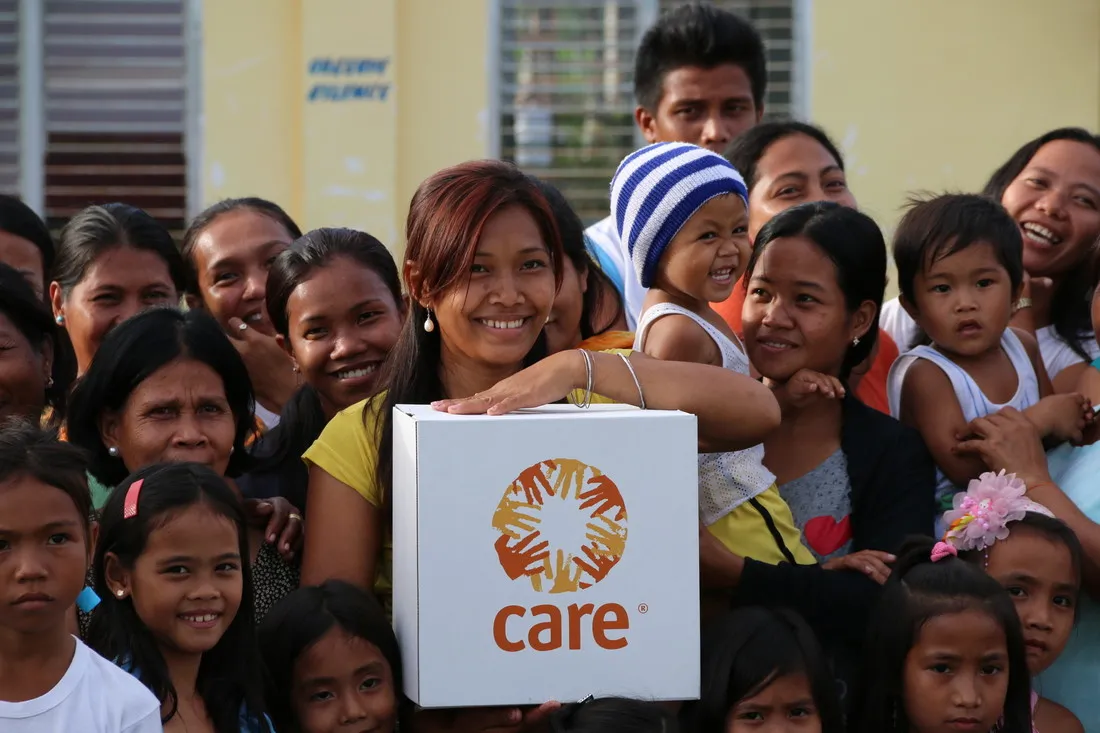CARE launched the Philippines Humanitarian Partnership Platform (HPP) in 2016, which serves as an avenue to strengthen the effectiveness and efficiency of CARE and its partners’ humanitarian and development plans and work. This initiative focuses on strengthening coordination, decision- making, and collective action. Comprising 14 active member organizations including CARE and with a presence in all regions of the Philippines, the HPP has adeptly assessed and responded to 32 disasters since its inception. In FY 2022, coinciding with the devastation caused by Super Typhoon Rai—the second costliest typhoon in Philippine history after Typhoon Haiyan—the HPP supported 2,201,920 participants, both directly and indirectly. In FY 2023, it supported nearly 400,000 people in crises. Fifty percent of those directly assisted in the last 2 years are women and girls.
What are the most significant changes?
1. Rapid responses with flexible funding: 76% of humanitarian funding in the Philippines goes to local partners, compared to the wider sector’s average of around 1.2% in 2022.
2. Gender at the center: 88% of responses mainstreamed GBV protection, surpassing the 67% in CARE’s global project portfolio.
3. Better coordination, broader reach: By coordinating across diverse actors, including corporations and local governments, local organizations can help more people faster.
4. Enhanced Learning and Accountability: All projects (100%) feature Feedback and Accountability Mechanisms, exceeding the 79% in CARE’s global project portfolio. These mechanisms are vital for rapid learning and ensuring accountability to the communities served.
5. All projects met or exceeded reach and impact targets, based on a rapid analysis of available project reports.

